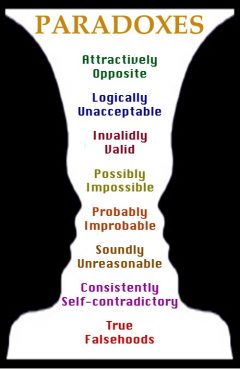Bell's Spaceship Paradox

Release Date: //
Country of Release:
Length:
MPAA:
Medium: Paradox
Genre:
Release Message: Concerning relativity.
Description: Bell's spaceship paradox is a thought experiment in special relativity. It was first designed by E. Dewan and M. Beran in 1959 and became more widely known when J. S. Bell included a modified version. In the inertial frame S, a delicate string or thread hangs between two identically accelerating spaceships. Both rockets and the thread all move at all times with the same velocity in S and are therefore all subject to the same Lorentz contraction, so the entire assembly seems to be contracted in the S frame the same way. Therefore at first sight it might appear that the thread will not break during acceleration. This argument, however, is incorrect as shown by Dewan & Beran and Bell. The distance between the spaceships does not undergo Lorentz contraction with respect to the distance at the start, because in S it is effectively defined to remain the same, due to the same acceleration of both spaceships. It also turns out that the proper length between the two has increased in the frames in which they are momentarily at rest (S'), because the accelerations of the spaceships are unequal here. The thread, on the other hand, being a physical object held together by electrostatic forces, maintains the same proper length. Thus in frame S it must be Lorentz contracted, which result can also be derived when the electromagnetic fields of bodies in motion are considered. So the thread must break in both frames: In S' due to the unequal acceleration and the increasing distance between the spaceships, in S due to length contraction of the thread. In general, it was concluded by Dewan & Beran and Bell, that relativistic stresses arise when all parts of an object are accelerated the same way with respect to an inertial frame, and that length contraction has real physical consequences. However, while agreeing with the result that the thread will break and that relativistic stresses will occur, some authors disagree with the interpretation that this proves the "physical reality" of length contraction. They argue that relativistic acceleration is the sole cause for the breaking of the thread in all frames of reference, not length contraction. J. S. Bell (John Stewart Bell)